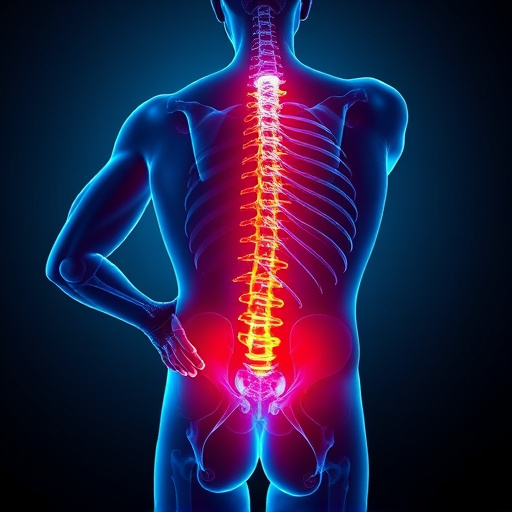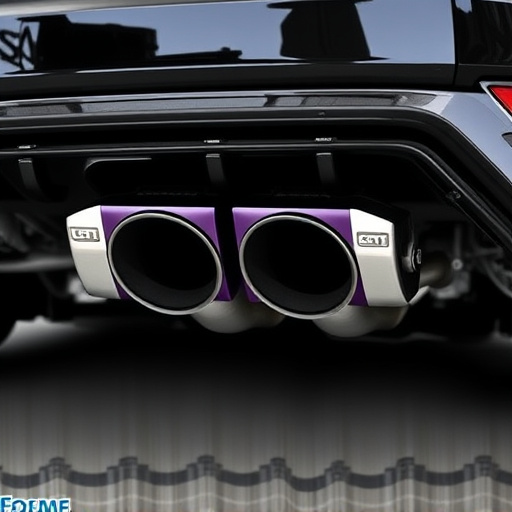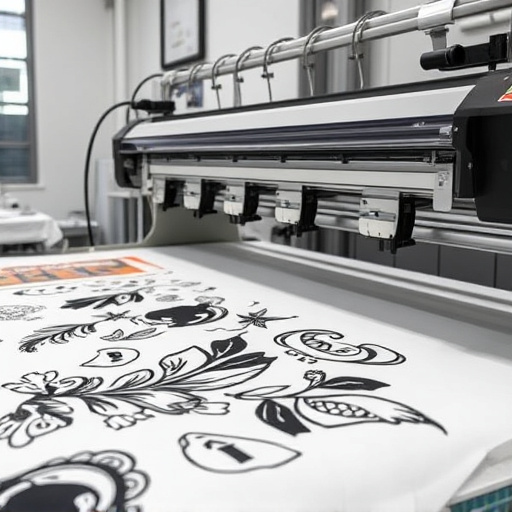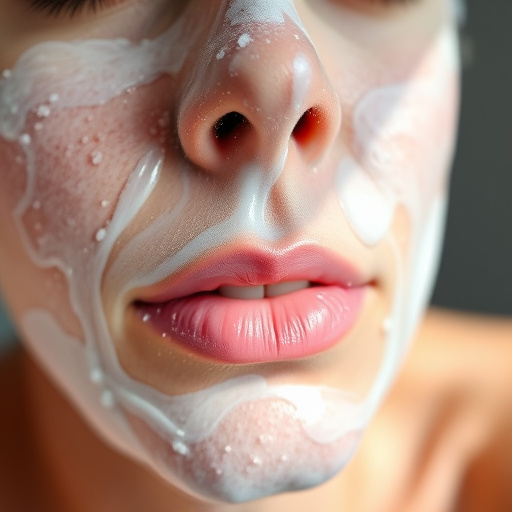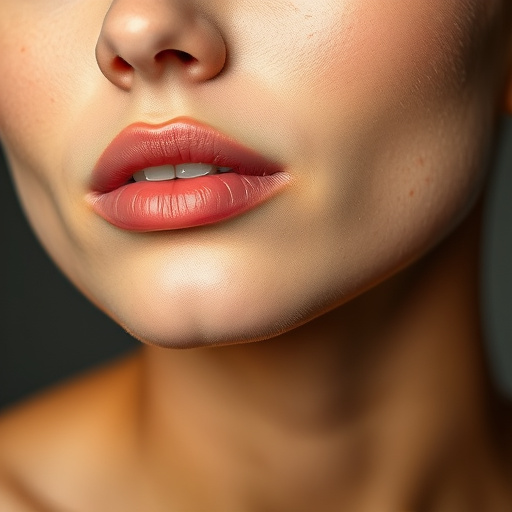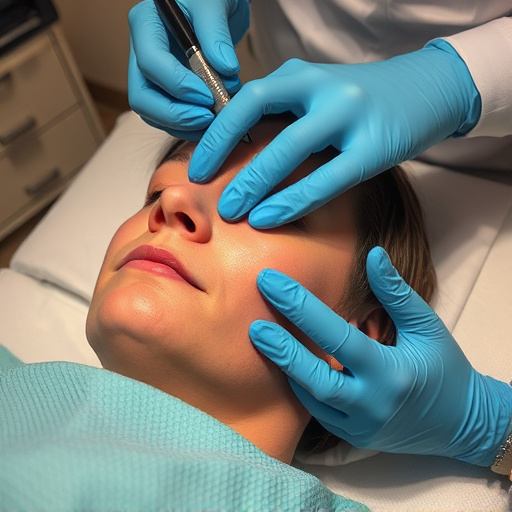Chest hair growth follows a cyclical pattern and varies by individual. Non-surgical treatments like microneedling stimulate collagen production, offering longer-lasting results than shaving or waxing. Permanent chest hair removal methods, such as laser therapy and intense pulsed light (IPL), reduce hair growth over multiple sessions while maintaining skin health. These modern techniques are popular for eliminating chest hair due to their permanent solutions.
Chest hair removal is a common concern, but understanding its longevity is crucial for managing expectations. This article delves into the typical duration of chest hair removal, exploring both natural regrowth cycles and various treatment options. We examine factors influencing the longevity of results, from hormonal influences to lifestyle choices. Additionally, we highlight long-lasting solutions for those seeking lasting relief from chest hair growth.
- Understanding Chest Hair Growth and Removal Duration
- Factors Affecting Longevity of Chest Hair Removal
- Long-Lasting Solutions for Managing Chest Hair Growth
Understanding Chest Hair Growth and Removal Duration
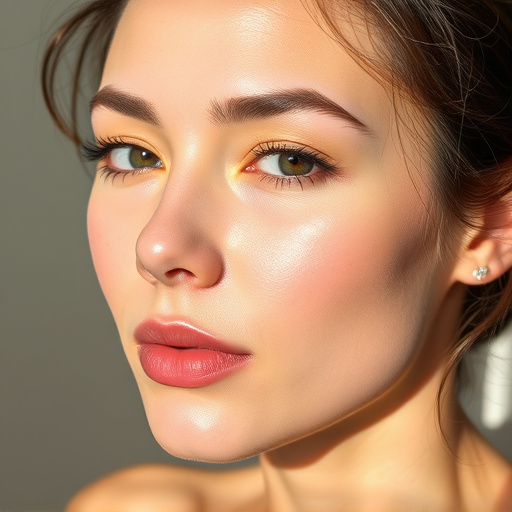
Understanding Chest Hair Growth and Removal Duration
Chest hair growth varies from person to person, influenced by genetics, hormones, and age. Typically, chest hair follows a cyclical growth pattern, with each hair going through phases of growth (anagen), transition (catagen), and resting (telogen). The anagen phase determines the length and thickness of individual hairs, while the catagen and telogen phases contribute to the overall growth duration. On average, chest hair removal methods aim to interrupt this cycle during the anagen phase for longer-lasting results.
Non-surgical treatments like microneedling therapy have gained popularity due to their ability to stimulate collagen production and disrupt hair follicles. These procedures typically provide results that last several months, offering a more permanent solution than shaving or waxing. Maintaining optimal skin health is also crucial; proper grooming, moisturizing, and avoiding harsh chemicals can prolong the lifespan of chest hair removal outcomes, ensuring smoother, cleaner-looking skin for extended periods.
Factors Affecting Longevity of Chest Hair Removal
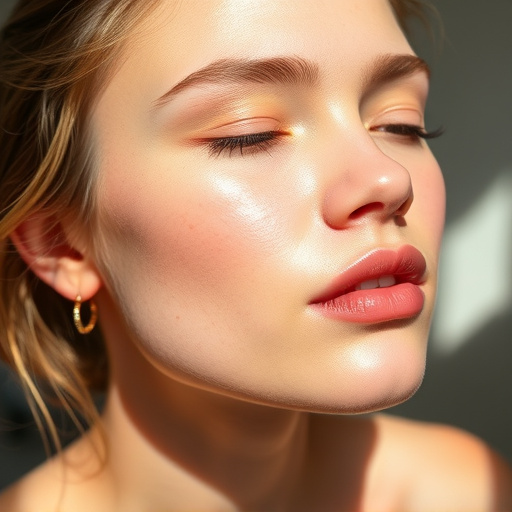
The longevity of chest hair removal depends on several factors. One key factor is the method used for removal. Different techniques offer varying durations of smoothness. For instance, shaving provides a temporary solution lasting a few days, while waxing can offer relief for up to 4 weeks. More permanent solutions like laser treatments and microneedling therapy can reduce hair growth significantly, with results lasting from several months to years.
Another influencer is skin type and the density of chest hair. Coarser and thicker hairs tend to grow back faster than finer hairs. Individuals with sensitive skin might also experience variations in result duration due to potential reactions to different removal methods. Customized facials and acne treatments, while not directly related to chest hair removal, can contribute to overall skin health, which in turn affects how long the results of any hair removal method last.
Long-Lasting Solutions for Managing Chest Hair Growth

When looking for long-lasting solutions for managing chest hair growth, it’s essential to explore options that go beyond temporary methods like shaving or waxing. While these practices offer quick results, they require frequent maintenance. Today, there are several advanced chest hair removal techniques available, ranging from non-surgical treatments like laser therapy to more invasive options like surgery.
Laser hair removal stands out as a popular and effective long-term solution. By targeting the melanin in the hair follicle, these non-surgical treatments can significantly reduce hair growth over multiple sessions. Additionally, focusing on maintaining optimal skin health throughout the process ensures better results and minimal side effects. Other emerging options include intense pulsed light (IPL) therapy, which is similar to laser but uses a wider range of light wavelengths.
Chest hair removal results can vary, but understanding the factors at play can help you make informed decisions. While temporary methods offer quick solutions, long-lasting options provide more enduring results. By identifying personal factors influencing hair growth and exploring advanced techniques, individuals can achieve smoother chests for extended periods. Remember, chest hair removal is a personalized journey, and finding the right approach is key to achieving and maintaining a desired look.
